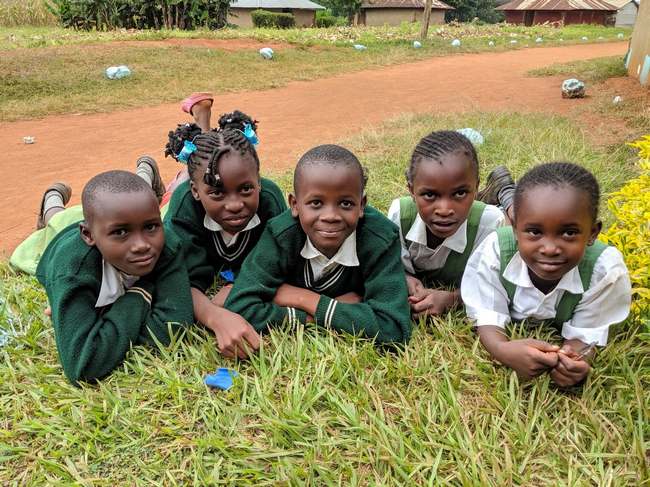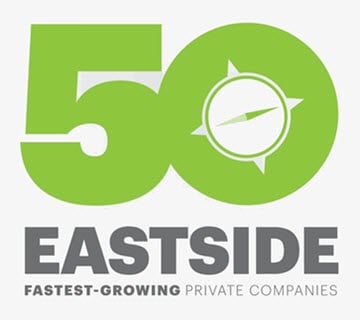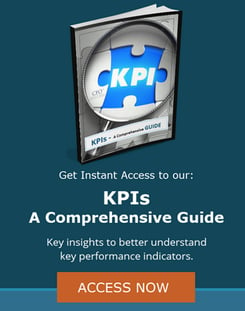
Most of my vacations are pretty typical – camp on the Sound, cruise to Alaska, plane trip to kid-friendly destination, road trip to friends.
... but not this year.
This year, I fulfilled a long-time dream and went to Africa. I did the multi-day safari, fed the giraffes at the Giraffe Center in Nairobi, and enjoyed local cuisine and cultures. But mostly… I did financial spreadsheets. And IT infrastructure planning. And computer teaching. In other words, pretty much the same things I do all the time, except in hotter weather.
I’ve been interested in contributing in a useful way to communities in the developing world for many years, but I couldn’t really see how. After all, I’ve worked only in the for-profit sector. I’m not a doctor, or an urban planner, or a politician. Like many of us… I’m busy. I have family responsibilities, work responsibilities, friends, and a house that always seems to need something done to it.
In the Spring of 2018, I thought maybe I had found a great way to participate. Clean water is the foundation of all public health efforts, and when I heard about World Vision’s ½ marathon fundraiser for well drilling in the Democratic Republic of the Congo, I decided to join in. It seemed perfect - I could help people and make my doctor happy at the same time! What could be better? Alas, my feet did not agree – I was able to raise some money thanks to generous donors, but clearly, walking or running long distances was not going to be a sustainable philanthropic strategy for me.
Meanwhile… nearly 25 years ago a young man in Kenya became friends with an American from Washington and eventually came to the US to school. He went back to Kenya, and with the financial backing of a church here, began a community development program in the area where he had grown up. Today he leads a group of Kenyans who run a clinic and school in his village. One day I heard, in passing, that the person who had been handling the US side of the student sponsorship program that supports the school was retiring, and I agreed to take that on as a volunteer for a few hours a month. That’s how I ended up as part of a team in Africa this July, doing the things I can do – instead of the things I can’t.
I learned a lot this summer (including how to milk a cow, and that the items transportable on the back of a motorbike are, literally, unlimited).
Among the lessons –
- Everyone’s life has a different shape, but you can find some way to give back that fits. Rather than focusing on what you don’t have or can’t do, be creative about how you can use the time/money/skills you have available.
- Decide what you’re passionate about and put yourself in places (either physical or virtual) where you might hear about ways you can help.
- It’s OK to try different ways to contribute – even if they don’t work out, you can always try again.
What Summer Vacation story would be complete without photos?

Figure 1: A “Welcome Song” for our team from some of the learners, in the school courtyard.

Figure 2: A Group of Learners. The kids are serious about their education, staying at school long hours and studying hard for the all-important eighth-grade exam.

Figure 3: Build-Your-Own Screen. We taught computer classes in this corrugated metal building. They are currently building a new brick computer lab which will have room for up to 26 students

Figure 4: Eighth graders in a computer class.
All of these kids knew what a computer was, but none had ever touched one before.

Figure 5: Sugarcane – just one of the many things you can transport on a motorbike. Other things include three kids (one behind the other) … four chickens (tie the feet together and lay them upside down on the sides) … or a sofa (balance it in the middle and tie it on with ropes.)

Figure 6: At typical town scene. Cell phone, electricity - and dirt roads. There are 49 million people in Kenya, and 43 million cell phones. (and 70,000 landlines, but who’s counting?). Many roads are now being paved as China’s Belt and Road Initiative improves infrastructure across Sub-Saharan Africa.

Figure 7: These guys were about 10 feet from our van. It was amazing to see hundreds or thousands of animals outside of a zoo and in their natural habitat – eating, sleeping, running, occasionally being eaten, but generally enjoying their regular daily routine on the savannah.

Figure 8: Cape Buffalo at Dusk in the Masai Mara Park. The savannah at dusk - an iconic African scene.
If you’d like to find out more about the school I visited or make one-time donation, please click here.
The list of children still needing sponsors is available here.
About the Author
 Charlotte Morin is the business manager for CFO Selections, handling accounting, and IT. She brings a unique combination of skills in accounting, writing, organization, process development, and technology to the CFO Selections team.
Charlotte Morin is the business manager for CFO Selections, handling accounting, and IT. She brings a unique combination of skills in accounting, writing, organization, process development, and technology to the CFO Selections team.
She joined the company in 2008, following six years as co-owner and controller of an e-commerce company, eleven years as a systems analyst, and three years working to build an internet company from the ground up.





